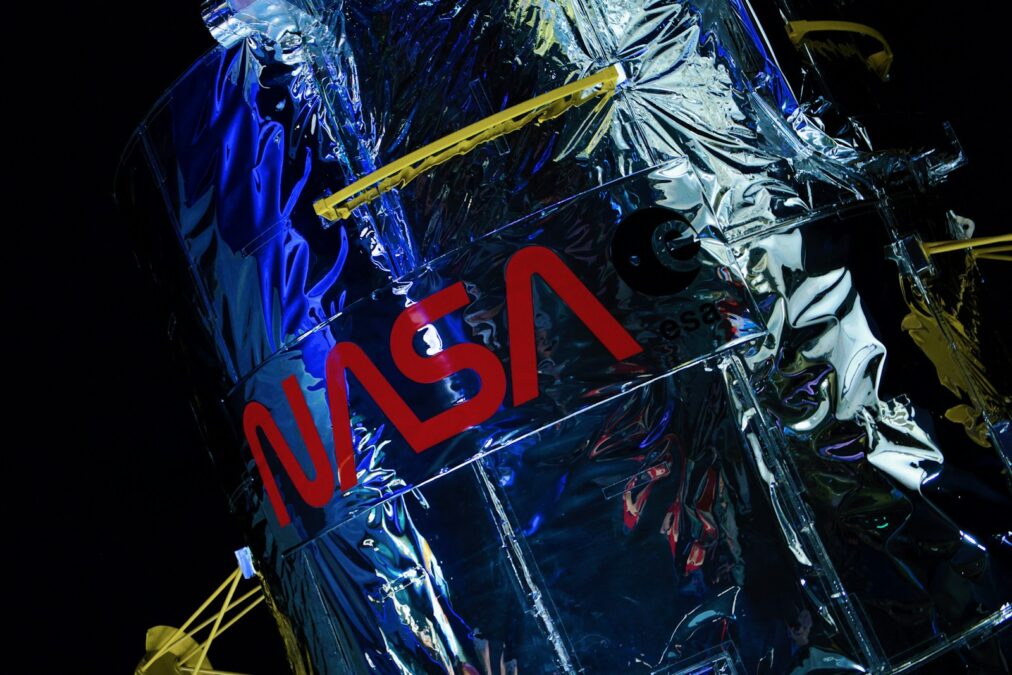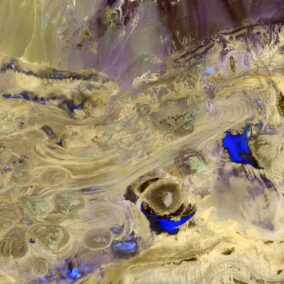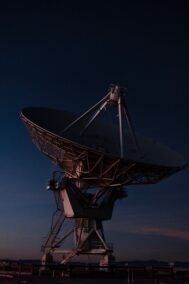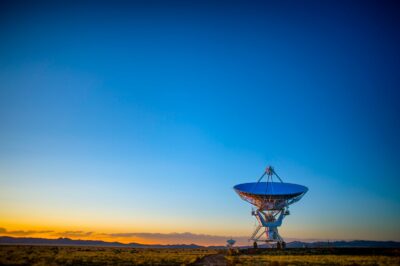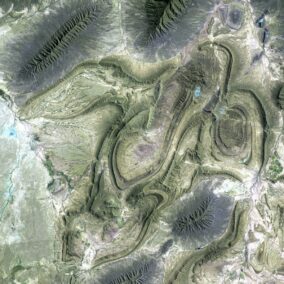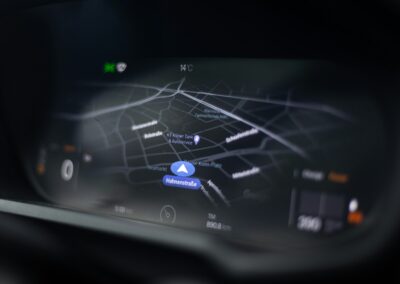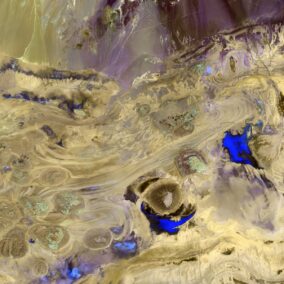Optimizing Flight Navigation with Advanced Satellite Technology
The Role of Satellite Navigation Systems in Aviation
Satellite navigation systems play a pivotal role in modern aviation, supporting various phases of flight, including en route navigation, approach and landing procedures, and taxiing at airports. These systems utilize advanced satellite technology to provide pilots with accurate positioning information, enhancing safety and efficiency in the skies. In regions like Saudi Arabia and the UAE, where air traffic is increasing rapidly, the adoption of satellite navigation systems is essential for managing airspace effectively and ensuring seamless flight operations.
In Saudi Arabia, satellite navigation systems are instrumental in optimizing flight routes across vast distances, particularly for long-haul flights traversing the region’s expansive desert terrain. By leveraging GPS technology, pilots can navigate with precision, minimizing fuel consumption and reducing flight times. Additionally, these systems enhance situational awareness, allowing pilots to avoid congested airspace and navigate complex routes safely.
Similarly, in the UAE, satellite navigation systems are critical for supporting the bustling aviation sector, especially in cities like Dubai with busy international airports. During approach and landing procedures, these systems provide real-time guidance to pilots, ensuring smooth descents and precise touchdown points. This is essential for maintaining operational efficiency and reducing delays, particularly during peak travel times.
Advancements in Satellite Navigation Technology
Recent advancements in satellite navigation technology have further improved the capabilities of these systems, enhancing their reliability and accuracy. One notable development is the integration of augmented reality (AR) into cockpit displays, allowing pilots to overlay navigation information onto their field of view. This immersive technology enhances situational awareness, particularly during challenging weather conditions or in unfamiliar airspace.
Another key advancement is the implementation of multi-constellation satellite systems, which utilize signals from multiple satellite networks for increased redundancy and coverage. This ensures that pilots have reliable navigation data, even in areas where traditional GPS signals may be obstructed or degraded. In regions like Riyadh, where urban landscapes can interfere with GPS reception, multi-constellation systems provide a robust solution for maintaining navigation accuracy.
Furthermore, satellite navigation systems are evolving to support autonomous flight operations, enabling unmanned aerial vehicles (UAVs) to navigate airspace safely and efficiently. This is particularly relevant for projects involving drone delivery services or aerial surveys, where precise navigation is essential for mission success. By leveraging advanced satellite technology, UAV operators can ensure that their vehicles navigate with precision, avoiding obstacles and adhering to designated flight paths.
Benefits for Aviation Industry and Air Traffic Management
The widespread adoption of satellite navigation systems offers significant benefits for the aviation industry and air traffic management authorities. For airlines, these systems reduce operational costs by optimizing flight routes and minimizing fuel consumption. Additionally, improved navigation accuracy leads to fewer diversions and delays, enhancing the overall passenger experience and increasing airline efficiency.
Air traffic management authorities also benefit from satellite navigation systems, as they enable more efficient use of airspace and airport capacity. By providing pilots with precise navigation information, these systems facilitate smoother traffic flow and reduce the risk of mid-air collisions. This is particularly important in busy airspaces like those around Riyadh and Dubai, where coordination between multiple aircraft is essential for safety.
Furthermore, satellite navigation systems support the implementation of performance-based navigation (PBN) procedures, which allow for more flexible and environmentally friendly flight paths. By reducing reliance on ground-based navigation aids, PBN enables aircraft to fly shorter routes, saving time and reducing emissions. This aligns with sustainability goals and supports the aviation industry’s commitment to environmental stewardship.
Conclusion and Future Outlook
In conclusion, satellite navigation systems are indispensable tools for modern aviation, supporting various phases of flight and enhancing safety and efficiency. In regions like Saudi Arabia and the UAE, where aviation is a key driver of economic growth, the adoption of these systems is essential for managing airspace effectively and accommodating increasing air traffic demand. As technology continues to advance, satellite navigation systems will play an increasingly vital role in shaping the future of aviation, supporting innovations such as autonomous flight and sustainable air travel.
—
#SatelliteNavigationSystems #flightnavigation #enroutenavigation #approachandlandingprocedures #airporttaxiing #aviationtechnology #GPStechnology #airtrafficmanagement

